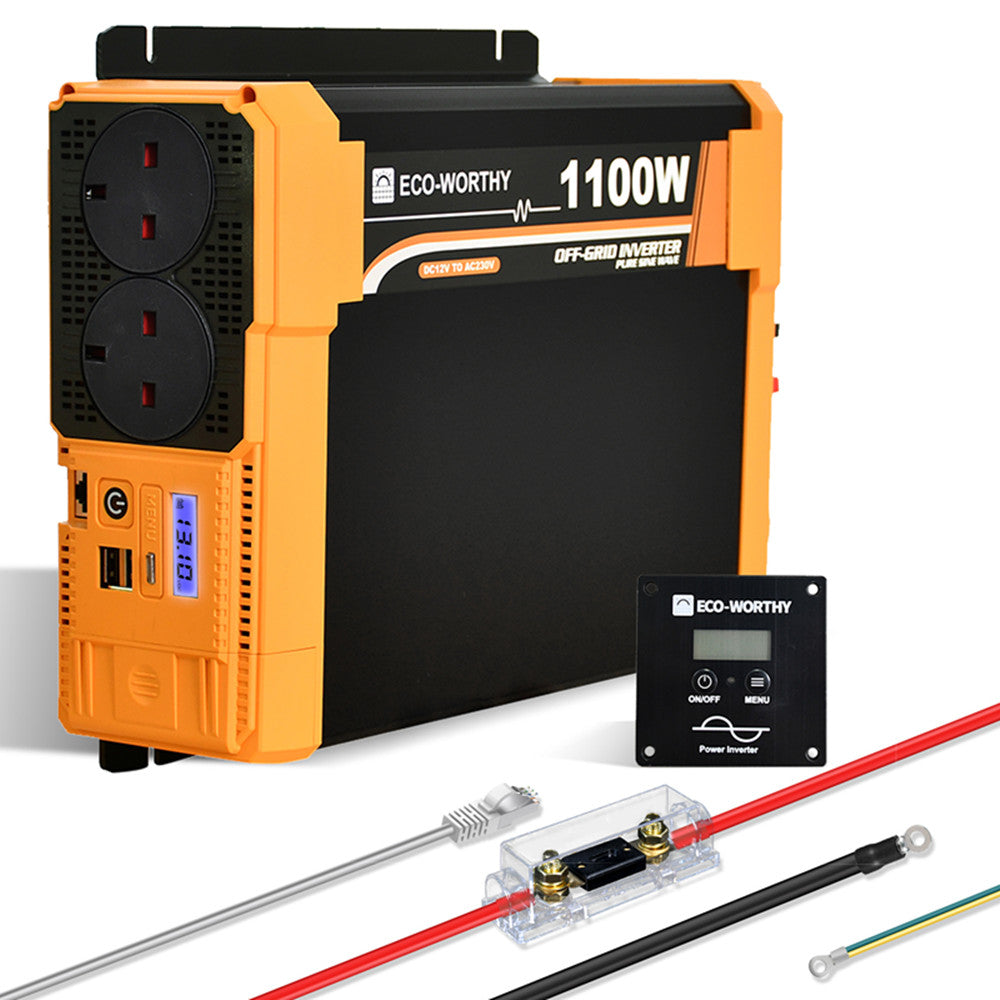Understanding the Basics: How a 12V to 220V Inverter Works and Its Applications
الجسم
In today's world, the need for reliable power sources is paramount. One device that plays a crucial role in this regard is the 12V to 220V inverter. This device converts direct current (DC) from batteries into alternating current (AC), which is essential for powering various appliances. But how does it work, and what are its applications? Let’s delve deeper.

What is a 12V to 220V Inverter?
A 12V to 220V inverter is an electronic device that transforms 12 volts of DC power, typically sourced from batteries, into 220 volts of AC power. This conversion is vital for operating household appliances, tools, and other devices that require AC power. The inverter serves as a bridge between the battery and the electrical devices, ensuring that energy can be used efficiently.
How Does a 12V to 220V Inverter Work?
The operation of a 12V to 220V inverter involves several key components:
- Oscillator: This component generates a square wave signal that is essential for the conversion process.
- Transformer: The transformer steps up the voltage from 12V to 220V, allowing it to be used by standard appliances.
- Output Stage: This stage modifies the waveform to produce a clean AC output suitable for sensitive electronics.
When the inverter is powered on, the oscillator creates a high-frequency square wave, which is then transformed into a higher voltage by the transformer. The output stage ensures that the waveform is smooth and stable, making it safe for use with various devices.
Applications of a 12V to 220V Inverter
The versatility of a 12V to 220V inverter allows it to be used in numerous applications:
- Off-Grid Power Systems: Ideal for solar power setups, enabling the use of household appliances without a direct connection to the grid.
- Emergency Backup: Provides power during outages, ensuring that essential devices remain operational.
- Mobile Applications: Commonly used in vehicles, boats, and RVs to power devices while on the move.
"A reliable inverter is essential for anyone looking to harness the power of renewable energy sources." - Energy Expert
Choosing the Right 12V to 220V Inverter
When selecting a 12V to 220V inverter, consider the following factors:
- Power Rating: Ensure the inverter can handle the total wattage of the devices you intend to power.
- Waveform Type: Choose between pure sine wave and modified sine wave inverters based on your appliance requirements.
- Portability: If you plan to use it in mobile applications, consider the size and weight of the inverter.
For instance, the XYZ 12V to 220V Inverter is a popular choice among users for its efficiency and reliability.
Conclusion
Understanding the workings and applications of a 12V to 220V inverter is essential for anyone looking to utilise battery power effectively. Whether for off-grid living, emergency backup, or mobile use, these inverters provide a practical solution for converting DC to AC power. By considering the factors mentioned above, you can select the right inverter to meet your needs.
For more information, you can watch this informative video on how inverters work.







تعليقات